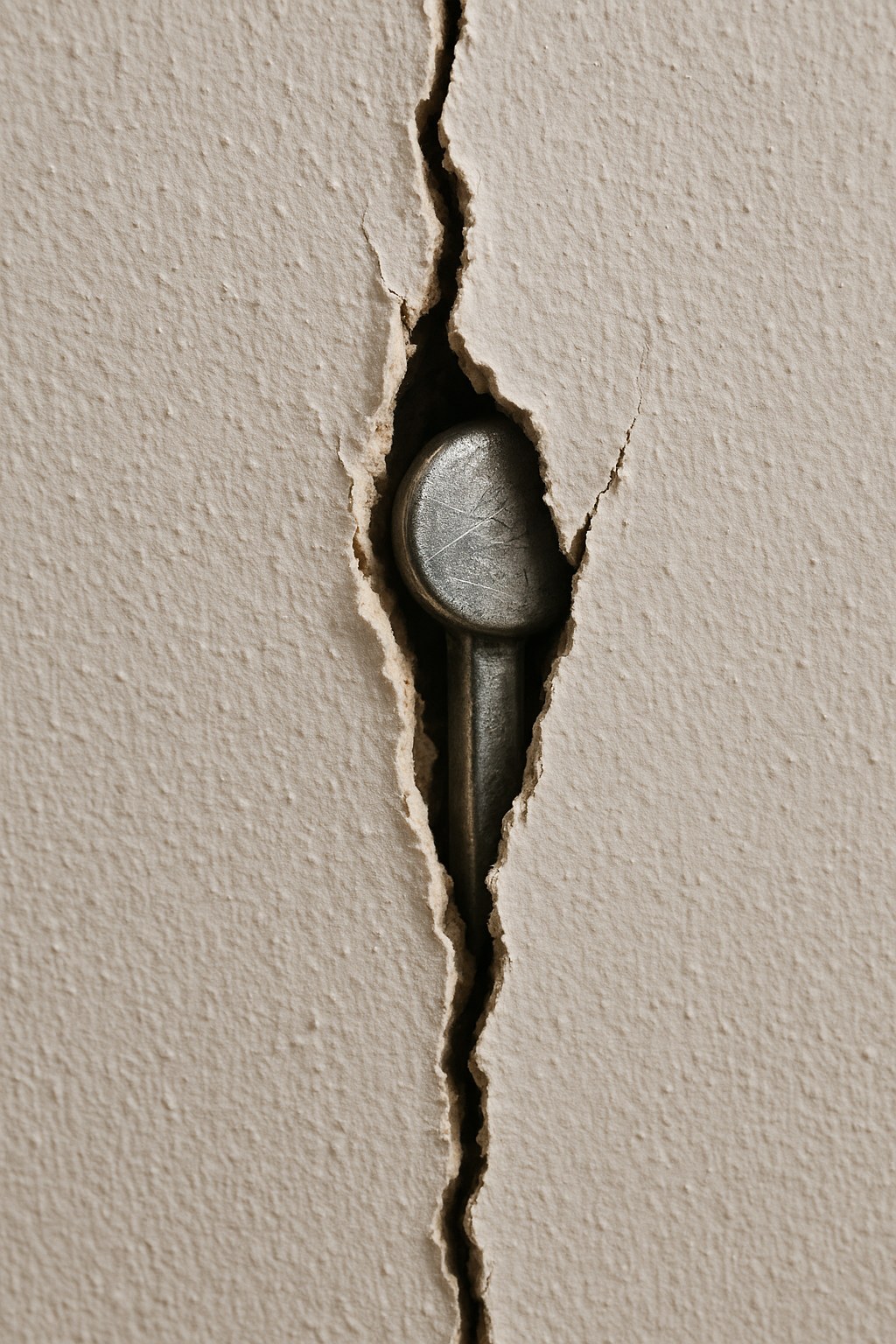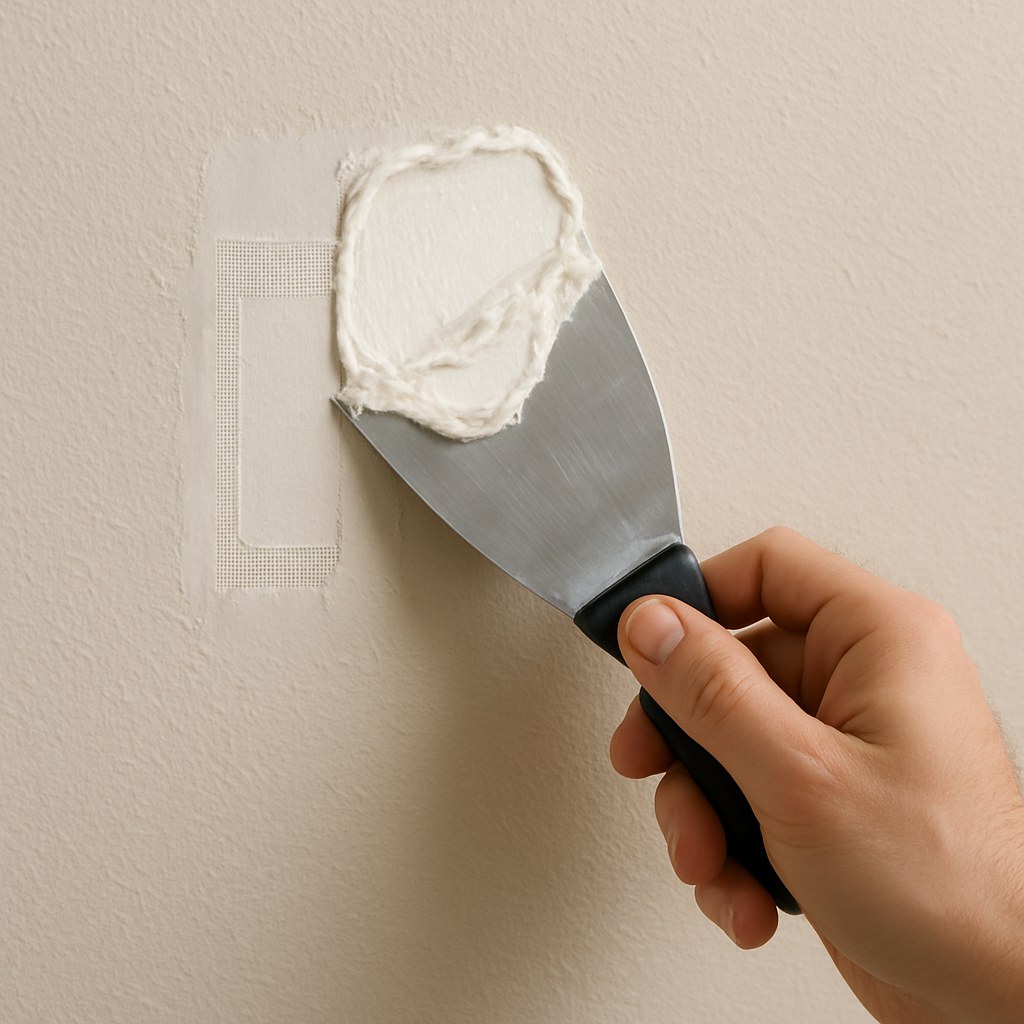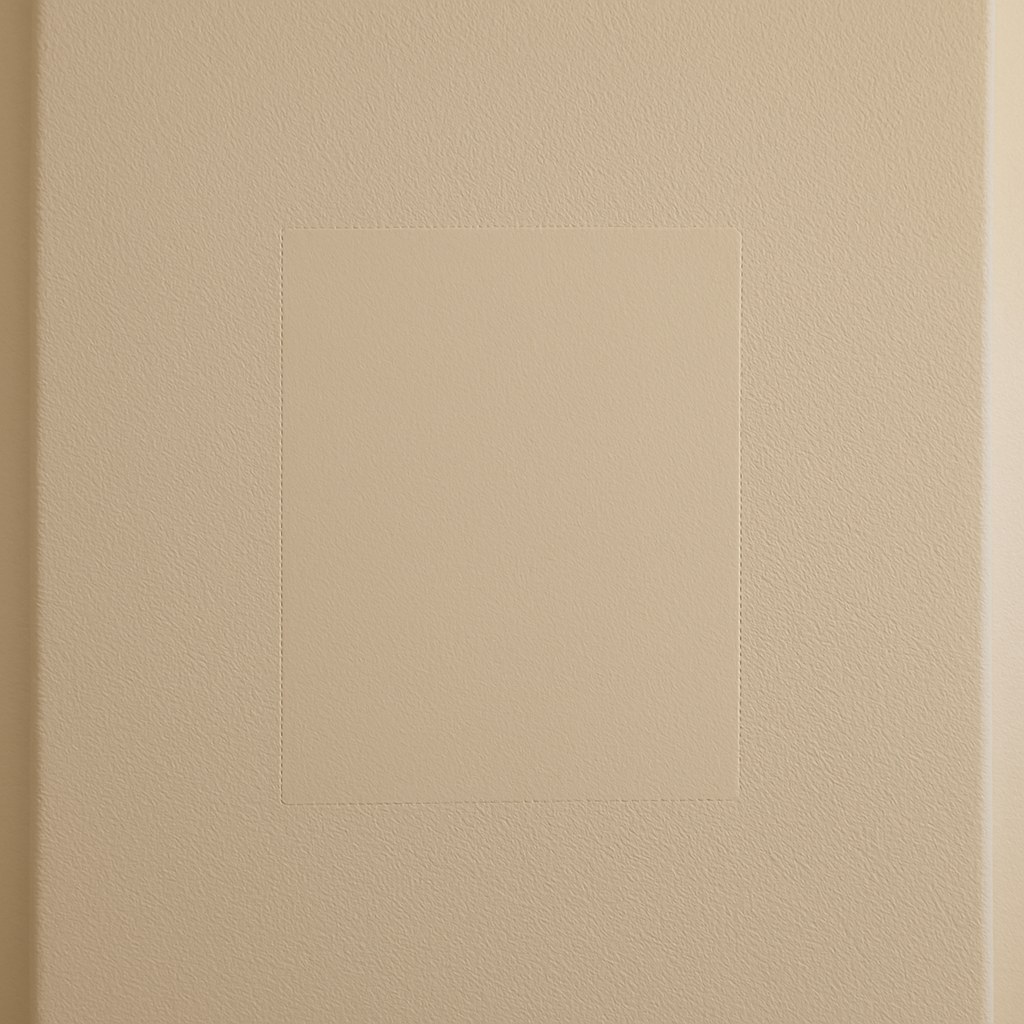How to Fix a Wall Crack Exposing Metal or Plastic
Loading content…
Loading content…
It’s a moment that can make any homeowner’s heart skip a beat. You notice a small, hairline crack in your wall—maybe it’s been there for a while, or perhaps it’s new. But as you lean in for a closer look, you see something else: a glint of metal or a sliver of plastic peeking through from behind the drywall.
Immediately, your mind starts racing. Is that an electrical wire? A pipe that’s about to burst? Is my house falling apart?
Take a deep breath. While seeing an unknown object behind your wall is certainly cause for investigation, it’s not always a sign of a major catastrophe. More often than not, it's something perfectly normal that has simply become exposed due to the house settling or a minor drywall issue. The key is to identify what it is, determine if it’s dangerous, and then proceed with the right repair.
In this guide, I’ll walk you through it, just like I would over the phone. We’ll cover how to perform a safe initial inspection, identify the mystery material, and follow the correct steps to patch up your wall for good.

Before you do anything else, the first rule is: don’t touch it. You don’t know what that material is yet, so poking at it with your finger or a screwdriver is a bad idea. Instead, let’s get a better look safely.
Grab a good flashlight. Shine the light directly into the crack to get a clear view of the object. Try holding the flashlight at a few different angles, as this can help reveal textures, colors, and shapes that will be crucial for identification. Your only goal right now is to gather visual information.
Once you have a good view, it's time to play detective. The metal or plastic you're seeing is most likely one of a few common things found inside a standard wall. Let’s break down the possibilities.
Now that you have an idea of what you might be looking at, let's go through the steps for each scenario.
If the object looks like it’s part of your home’s electrical system, you need to proceed with extreme caution.
Step 1: Turn Off the Power Before you even think about patching the wall, you must ensure the power is off. Go to your home's main electrical panel (breaker box). Find the breaker that controls the circuit for that room or wall and flip it to the "OFF" position.
Step 2: Verify the Power is Off This is a non-negotiable step. Use a non-contact voltage tester—an inexpensive and essential tool for any homeowner. Hold the tip of the tester near the exposed wire or box. If it beeps or lights up, there is still power. This could mean you flipped the wrong breaker or there’s a more complex electrical issue. If it shows voltage, stop immediately and call a licensed electrician.
Step 3: Patch the Drywall If your voltage tester confirms there is no power, you can safely proceed with the repair. For a small crack around an electrical box, the fix is straightforward:
Seeing a pipe is less of an immediate danger than wiring, but the primary concern is a potential leak. Even a slow drip can lead to significant water damage and mold growth.

Step 1: Check for Leaks First, dry the visible section of the pipe completely with a towel. Then, wrap a dry paper towel around it and leave it for about ten minutes. Remove the paper towel and check it for any dampness. If it’s wet, you have a leak. Do not attempt to patch the wall. Call a licensed plumber immediately.
Step 2: Patch the Drywall (If No Leak is Found) If the pipe is completely dry, the crack is likely due to normal house settling or temperature changes causing the pipe to expand and contract. The repair is a bit more involved because you'll want to create a clean, solid patch.
This is the best-case scenario! If the metal is a stud, a corner bead, or a backing plate from a previous fix, there’s no immediate danger. This is a purely cosmetic repair.
The cost can vary dramatically depending on what you find.

Finding something unexpected behind a crack in your wall can be stressful, but by following a calm, methodical process, you can safely diagnose and handle the issue. Remember, the most important step is identification—once you know what you’re dealing with, the path to a solution becomes clear.
For more step-by-step guides on everything from simple drywall patches to more complex home repairs, download the Casa app. Our app is designed to empower homeowners like you, providing the expert guidance you need to tackle any project with confidence. And if you ever find yourself in over your head, Casa can connect you with trusted, vetted professionals to get the job done right.